This post shows you decluttering tips that will make your life easier and your home cozier.
Have you ever looked around your home and felt overwhelmed by the sheer amount of stuff? It seems to accumulate so quickly; old clothes, unused kitchen gadgets, piles of paper, you name them.
Life gets busy, and suddenly our once-organized spaces are crammed with things we don’t need or use. But decluttering doesn’t have to be daunting or painful; it can actually be liberating and even transformative.
Decluttering goes beyond tidying up. It’s about making room for what truly matters, finding peace in the open spaces, and reducing the mental load of clutter.
A clean, simplified space can help you think clearer, live lighter, and appreciate more of what you love. Ready to tackle the chaos and make your home a calming, clutter-free haven?
These 21 brilliant decluttering tips will show you how to simplify and reclaim your space, one practical step at a time.
21 DECLUTTERING TIPS THAT WILL SIMPLIFY YOUR LIFE AND HOME
1. Start Small with One Room at a Time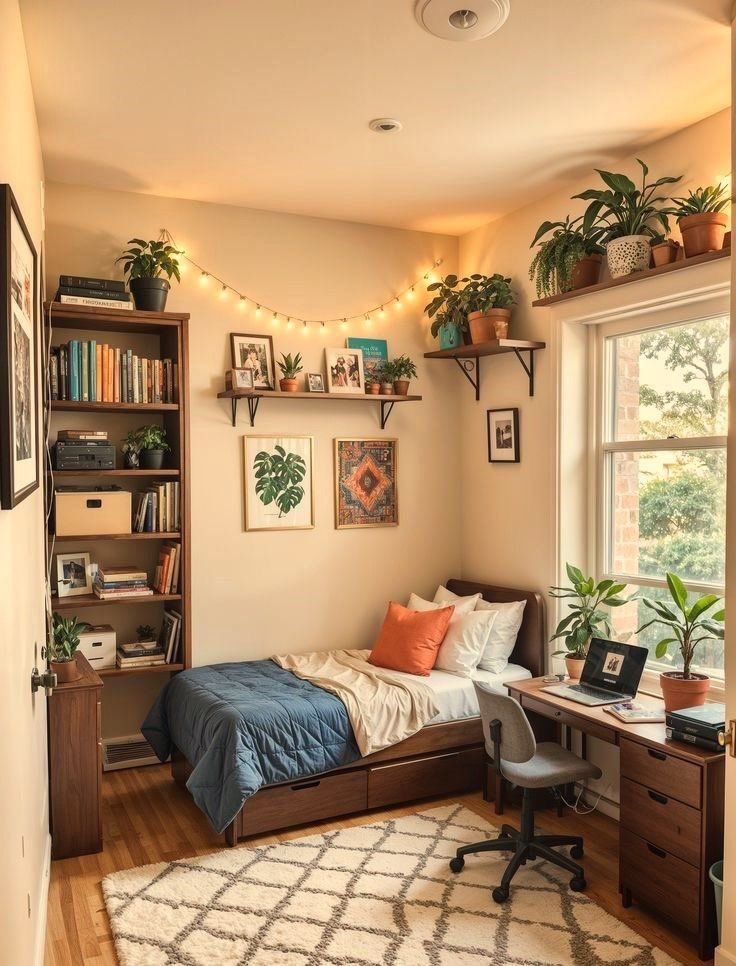
When you’re overwhelmed with clutter, it can be tempting to try to tackle your entire home all at once. However, this approach can lead to frustration and burnout.
Instead, focus on one room at a time. Start with a space that you use every day, like your kitchen or bedroom. This will give you an immediate sense of accomplishment, making it easier to move on to the next room.
As you go through your home room by room, you’ll gradually make progress without feeling like you’re swimming in a sea of clutter.
2. Use the “One In, One Out” Rule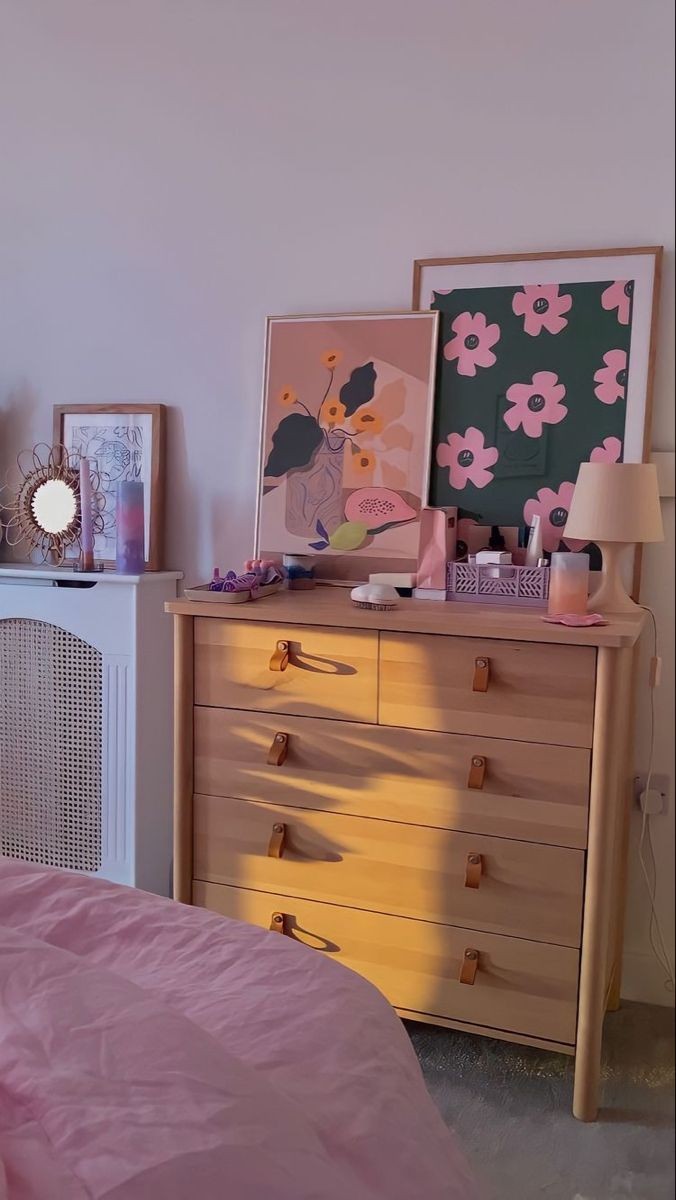
The “one in, one out” rule is a simple yet powerful technique to prevent new clutter from building up. Every time you buy something new, whether it’s a piece of clothing, a gadget, or even decor, you must part with an item from your home.
This ensures that your space doesn’t get overrun with unnecessary items. It helps to cultivate a mindset of mindful consumption and keeps you from accumulating things that you don’t really need.
3. Sort Items into “Keep,” “Donate,” and “Trash” Bins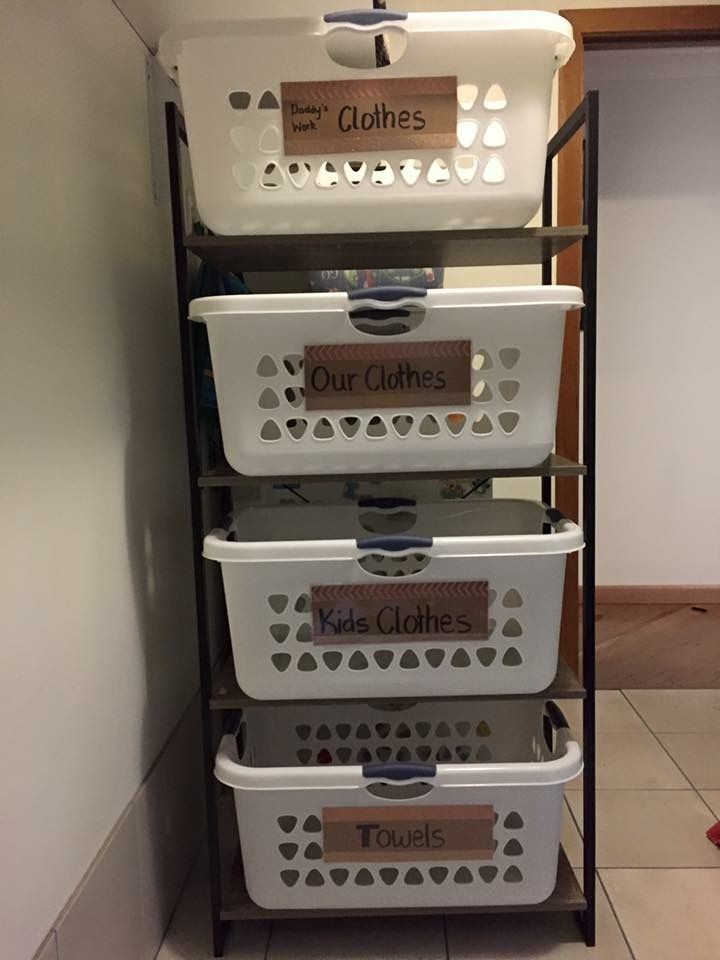
Source
Sorting items is one of the most effective ways to declutter. When you go through each item, be intentional about what you keep. The best way to do this is by having three separate bins: one for things you want to keep, one for donations, and one for things that are trash.
The key is to not second guess yourself. If something doesn’t serve a purpose or bring you joy, it’s easier to part with. The donate bin can go to local charities, and the trash bin is for anything beyond repair or use.
4. Declutter with Purpose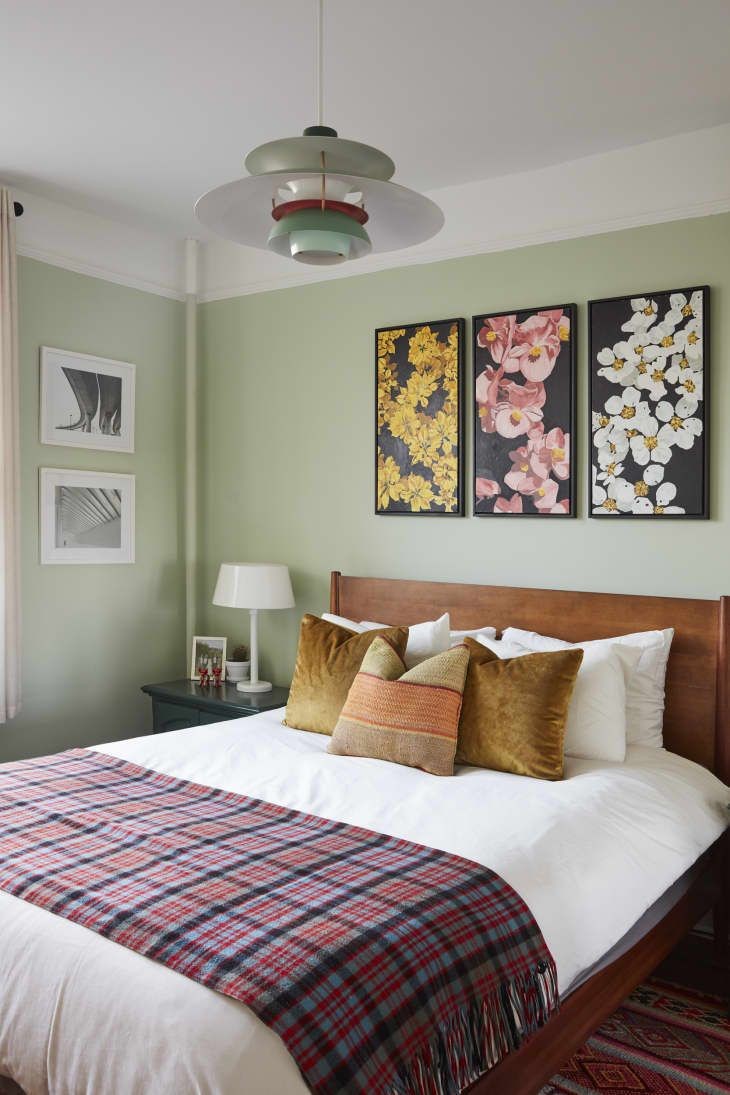
It’s important to declutter with a clear purpose. Ask yourself questions like, “When was the last time I used this?” or “Do I really need this in my life?” Decluttering is not about removing items for the sake of tidiness but about creating a space that reflects your needs and lifestyle.
Take into account whether an item enhances your day-to-day life, supports your goals, or adds value. This purposeful approach helps you declutter with intention and avoid unnecessary regrets later on.
5. Digitize Paper Clutter
One of the biggest contributors to clutter is paper. Old receipts, bills, magazines, and documents can easily pile up. Rather than letting paper continue to clutter your home, make it a habit to digitize documents that don’t need to be kept in physical form.
Use a scanner or smartphone app to scan important documents, photos, and receipts, and store them in a cloud service. You’ll save space and have easy access to your digital files whenever you need them, without the mess.
6. Adopt the “Minimalist Wardrobe” Concept
A minimalist wardrobe doesn’t mean sacrificing style. It means keeping only the clothing you wear regularly and truly love. Evaluate your closet and be honest about what you’ve worn in the last year.
If something doesn’t fit, doesn’t feel good, or you haven’t worn it in months, it’s time to let it go. A minimalist wardrobe makes getting dressed easier and keeps your space organized, so you’re not sifting through piles of clothes every morning.
Plus, it helps reduce decision fatigue and promotes a more streamlined approach to dressing.
7. Clear Your Countertops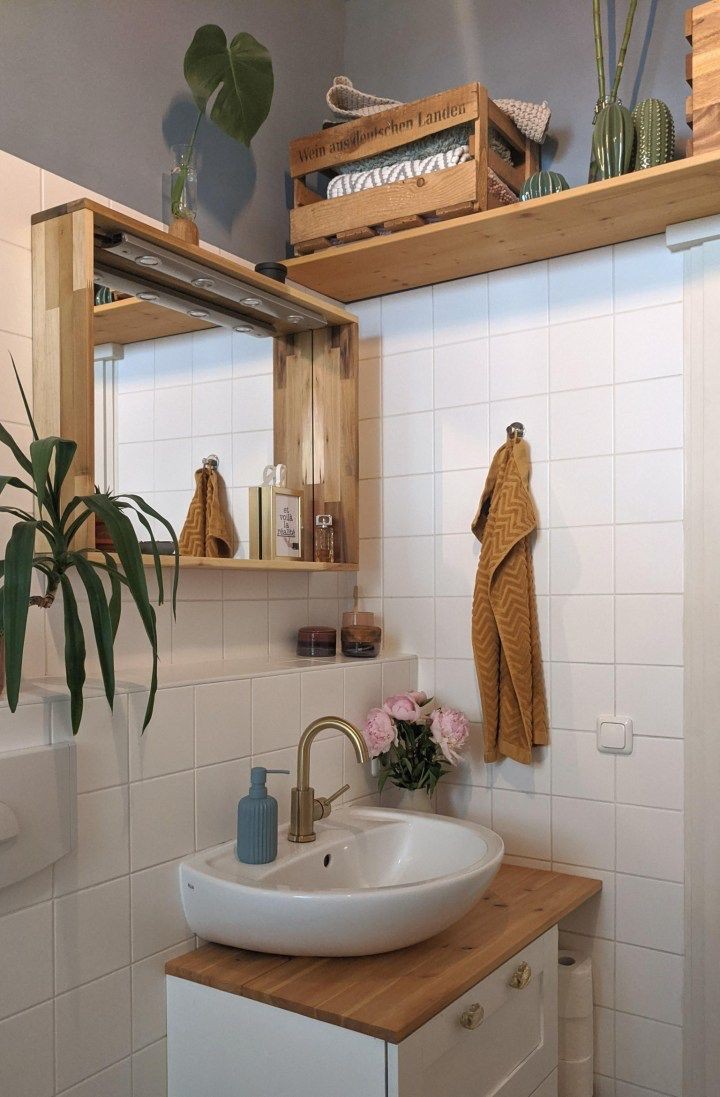
In the kitchen and bathroom, countertops can easily become cluttered with appliances, toiletries, or random items that don’t have a permanent place. By keeping your countertops clear, you not only create a clean look but also make it easier to clean and maintain these spaces.
Consider storing appliances like blenders, toasters, or coffee makers in cabinets when they’re not in use. In the bathroom, use drawer organizers or baskets to store toiletries out of sight and keep counters free from excess items.
8. Implement Daily Cleaning Habits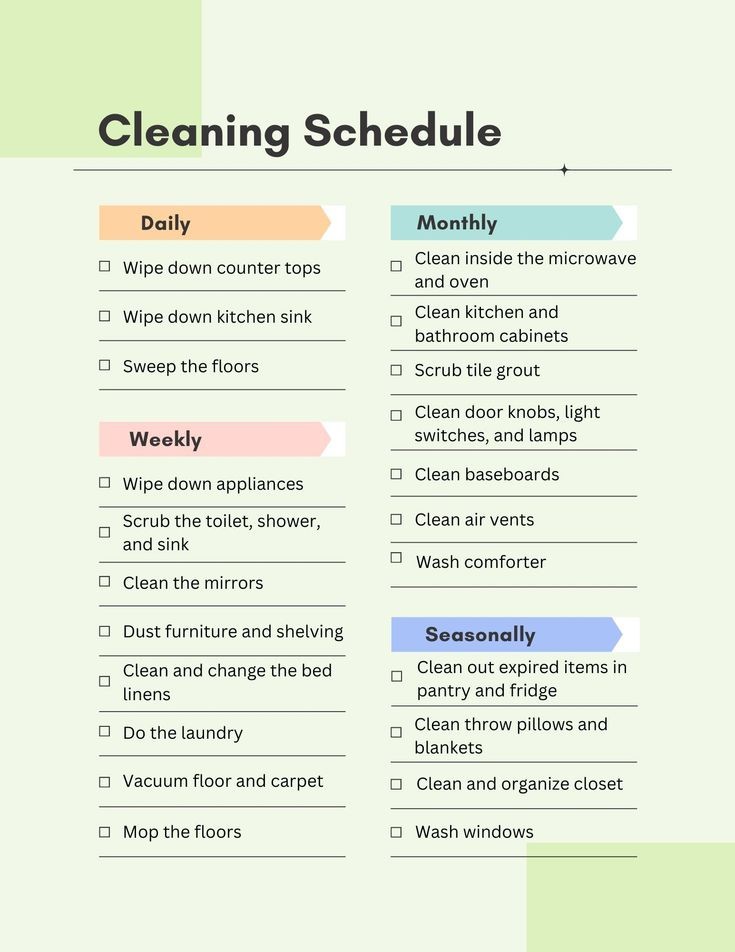
Clutter often builds up when we let things slip for too long. One of the best ways to prevent clutter from overwhelming you is by creating daily cleaning habits.
It could be something as simple as wiping down your kitchen counters after cooking, making your bed every morning, or putting away any clothes or toys before bed.
A few minutes of tidying up every day keeps things organized and makes deep cleaning easier in the long run. It also helps prevent the feeling of being constantly behind on cleaning tasks.
9. Downsize Kitchen Gadgets and Appliances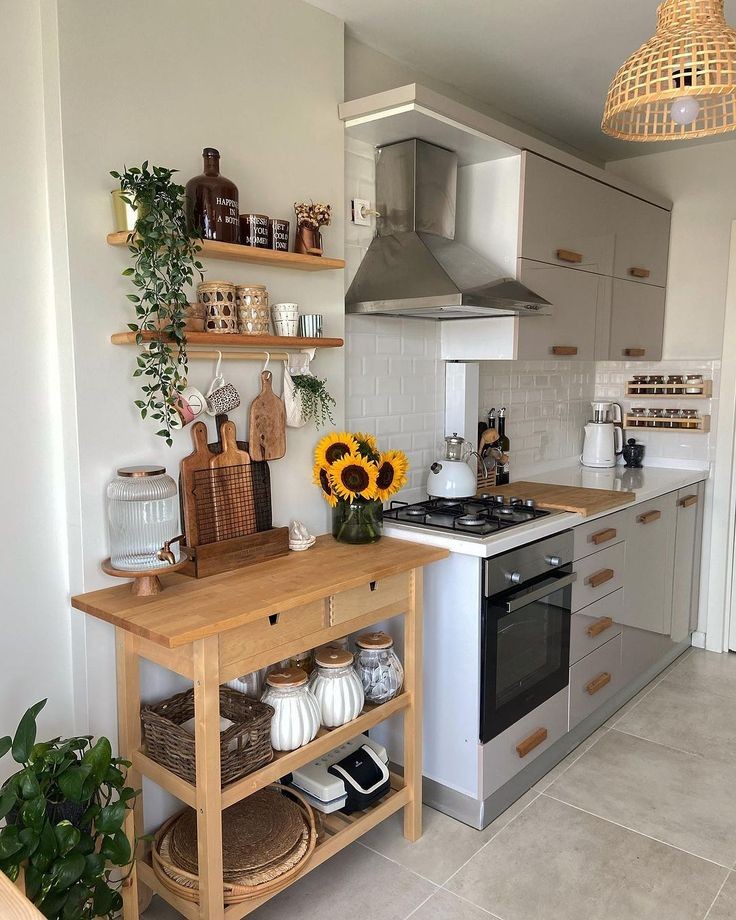
The kitchen is one of the most cluttered areas in the home, thanks to gadgets and appliances that we accumulate over the years. Whether it’s a bread maker, an ice cream machine, or a popcorn maker, many of these gadgets only get used once or twice.
Evaluate what you use regularly and donate or sell anything that takes up valuable counter or cabinet space but isn’t used often.
Simplifying your kitchen gadgets not only makes your space more functional but also reduces the mental load of maintaining and organizing them.
10. Limit Your Storage Bins
Storage bins can be a quick fix for hiding clutter, but if you use too many, they can quickly get out of hand. Before using storage bins to store excess items, take a moment to evaluate whether you really need them.
Often, bins simply delay the inevitable—eventually, the bins will fill up and become unorganized, defeating the purpose of decluttering in the first place.
Consider donating or discarding items before relying on bins as a catch-all solution.
11. Get Rid of Unused Gifts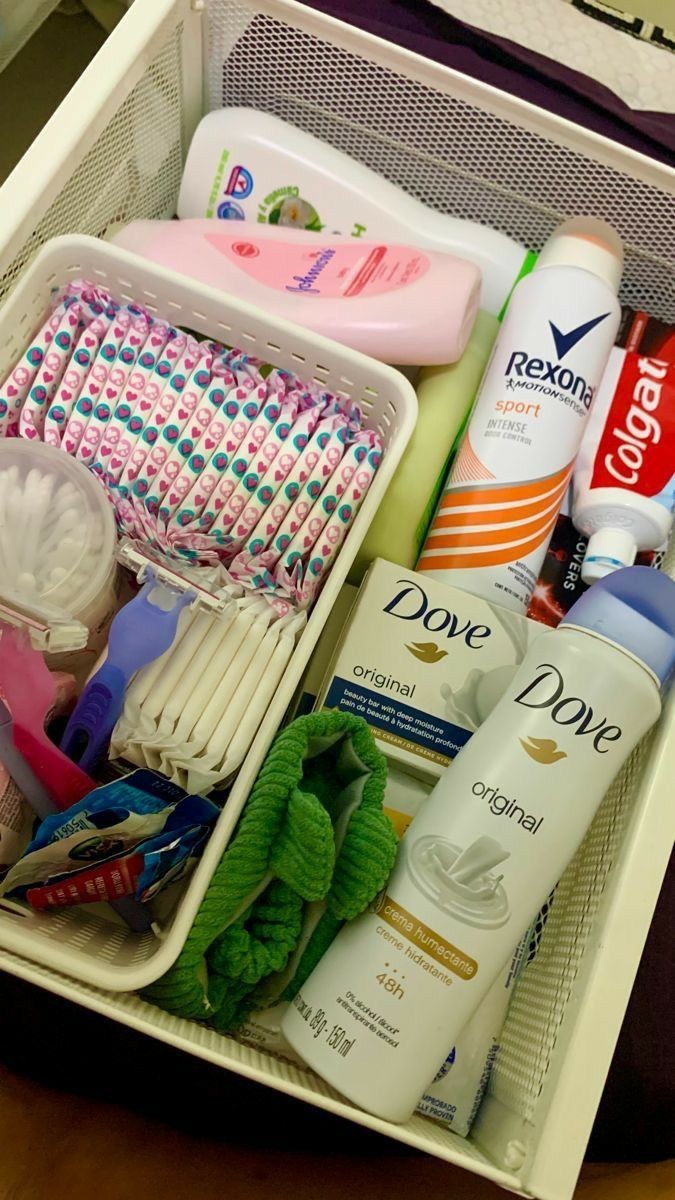
While it’s always thoughtful to receive gifts, they can sometimes accumulate in ways that cause clutter, especially when we keep things out of obligation.
If you have items that were given to you but are collecting dust in your closet or storage, consider whether you truly need them. It’s okay to let go of things that you don’t use or enjoy, even if they were gifts.
Donating unused gifts can also help someone else enjoy them.
12. Use Vertical Space for Storage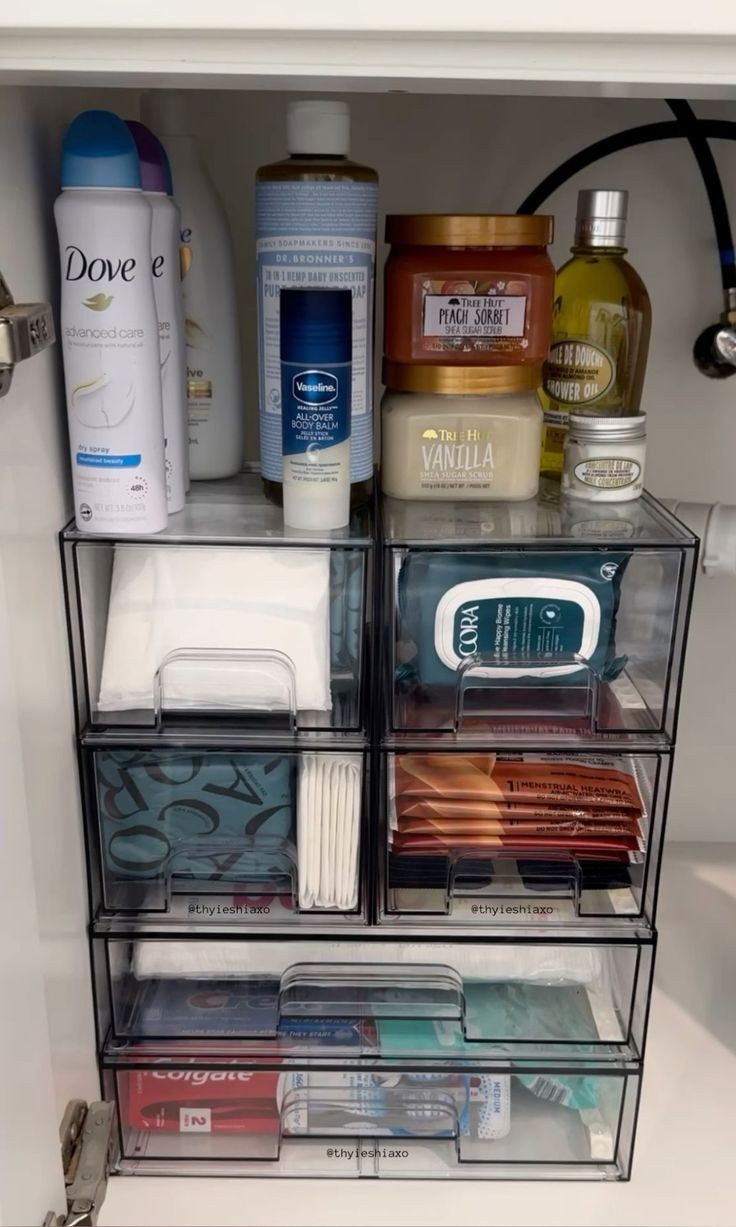
One of the most effective ways to maximize space is by utilizing vertical storage. Whether it’s shelves, hooks, or hanging organizers, vertical space often gets overlooked but can be a game-changer in small spaces.
Install shelves in closets, kitchens, and bathrooms to keep items off the floor and easily accessible. In the kitchen, use wall-mounted racks for utensils, spices, or pots and pans.
In closets, consider hanging organizers for shoes, scarves, or hats. These solutions free up space and keep things organized without cluttering your floors.
13. Limit Decorative Items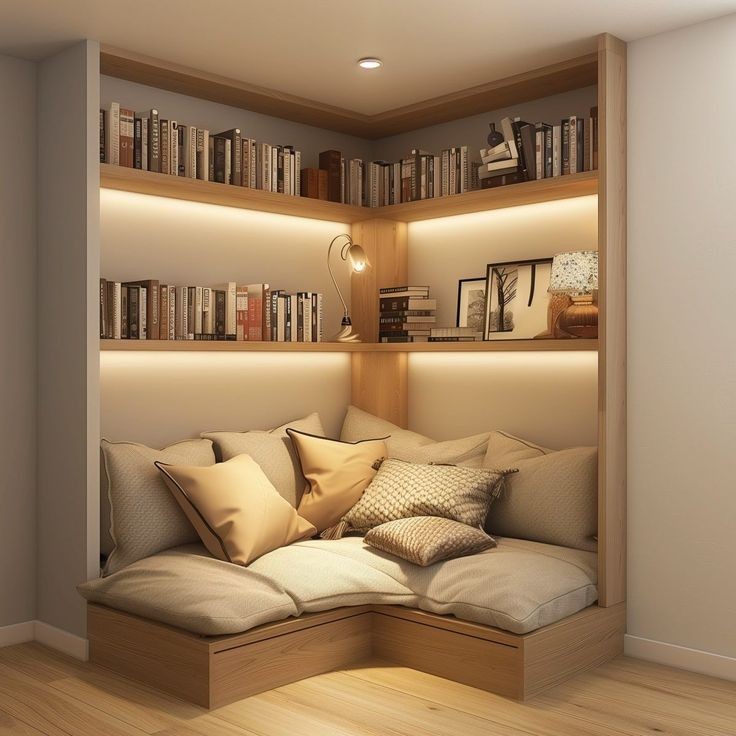
While decorative items like candles, vases, and picture frames can enhance a room, too many can make a space feel crowded. Choose a few key pieces that bring joy and reflect your style, but be mindful of how much you add to your space.
Rotate seasonal decor in and out of storage to refresh your space without accumulating too much. The goal is to create a space that feels curated, not overloaded.
14. Clear Out Your Digital Devices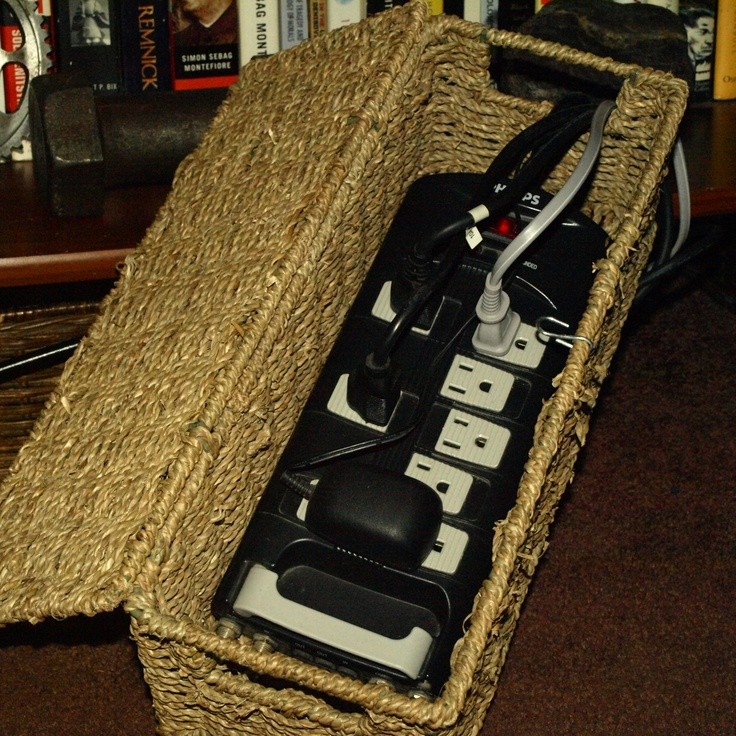
Just like physical clutter, digital clutter can add stress and make it difficult to find what you need when you need it. Set aside time to declutter your digital devices by deleting old files, organizing photos, and uninstalling apps you no longer use.
Create folders for important documents and keep your desktop organized. You’ll be surprised at how much lighter you feel once you’ve decluttered your digital space.
15. Use Drawer Organizers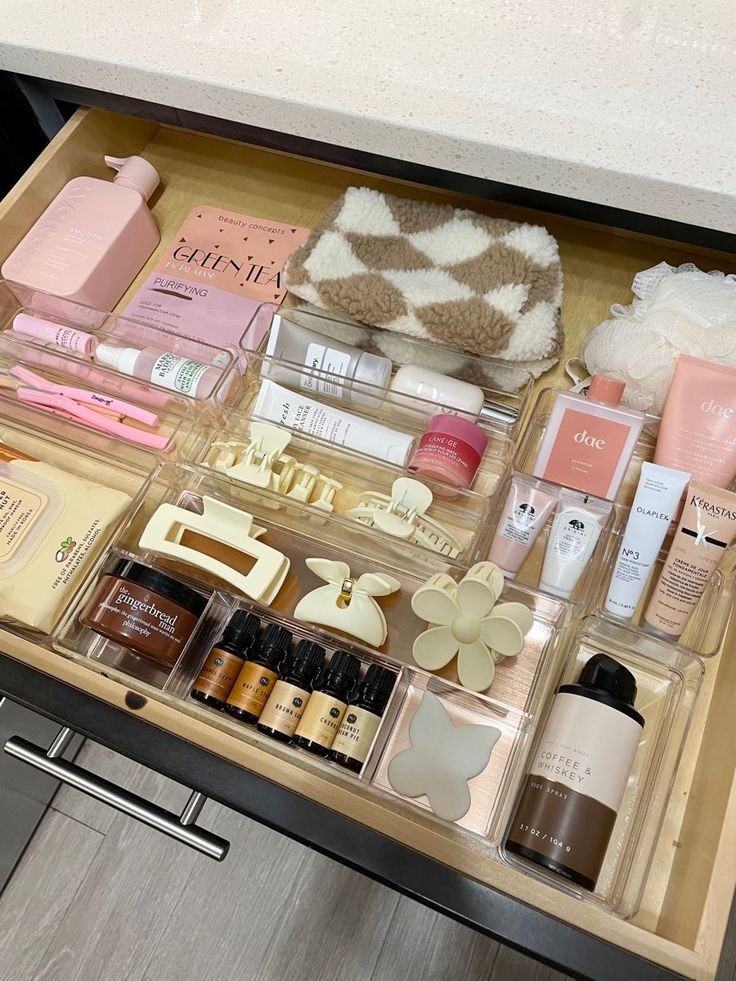
Drawers are often the home of clutter, especially if they’re filled with miscellaneous items like pens, receipts, or loose change. Drawer organizers are an easy and affordable way to keep everything in its place.
Use dividers or small containers to separate items like office supplies, makeup, or jewelry. When everything has a designated spot, it’s easier to find what you need and avoid digging through a messy drawer.
16. Sort Your Books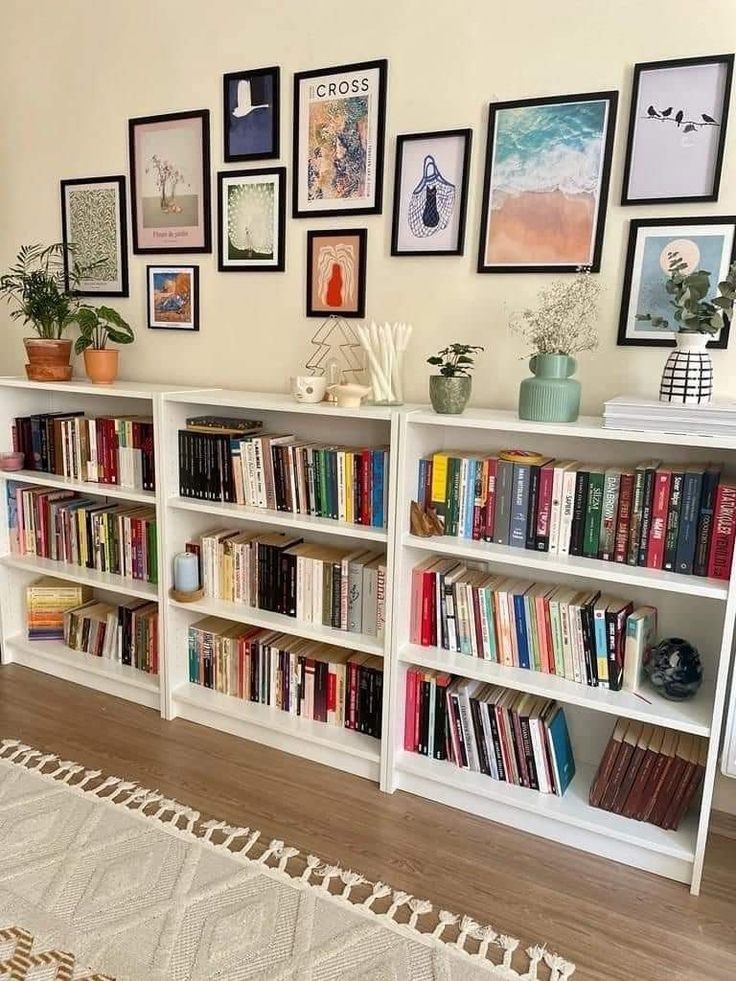
Bookshelves can become overcrowded if you don’t regularly assess your collection. While books are valuable, it’s easy to let them accumulate without actively curating them.
Go through your collection and keep only the books you genuinely love and plan to read again. Consider donating books you’ve already read and won’t revisit.
This makes room for new reads and keeps your bookshelves from becoming cluttered.
17. Maximize Closet Space with Hangers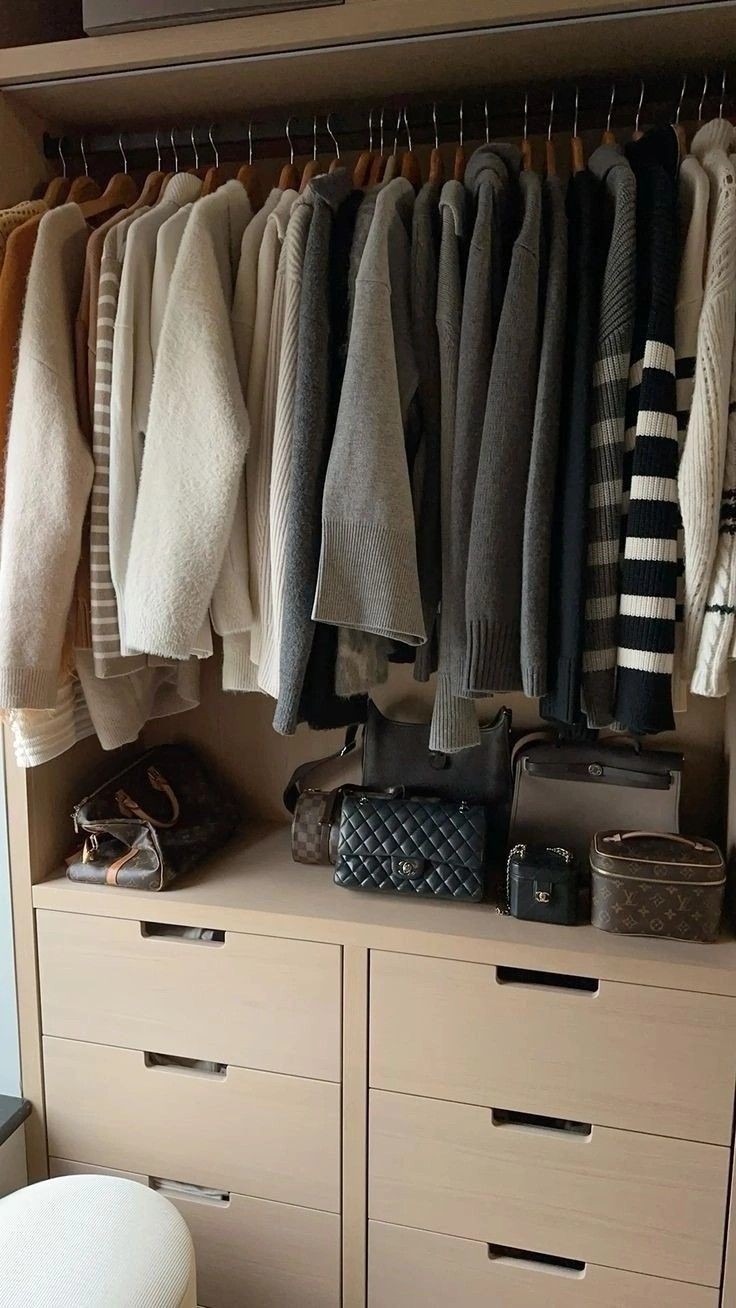
Closets are one of the most crucial areas to declutter, and maximizing closet space is key. Use slim, uniform hangers to keep clothes from taking up unnecessary space.
Consider investing in multi-tiered hangers for pants or skirts, or use hanging organizers for shoes and accessories.
This simple step helps you utilize every inch of closet space and makes your clothes easier to find.
18. Do a Monthly Purge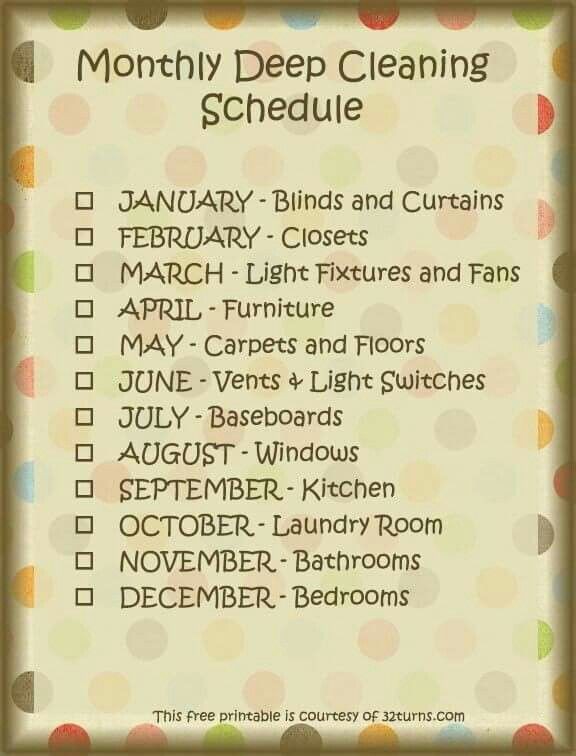
Even if you’ve already done a major declutter, it’s easy for clutter to build up again. Set a reminder to do a quick purge once a month.
Go through your closet, drawers, and other spaces and remove any items you no longer need.
A monthly purge keeps things from piling up and helps you stay on top of clutter before it becomes overwhelming.
19. Create a Decluttering Schedule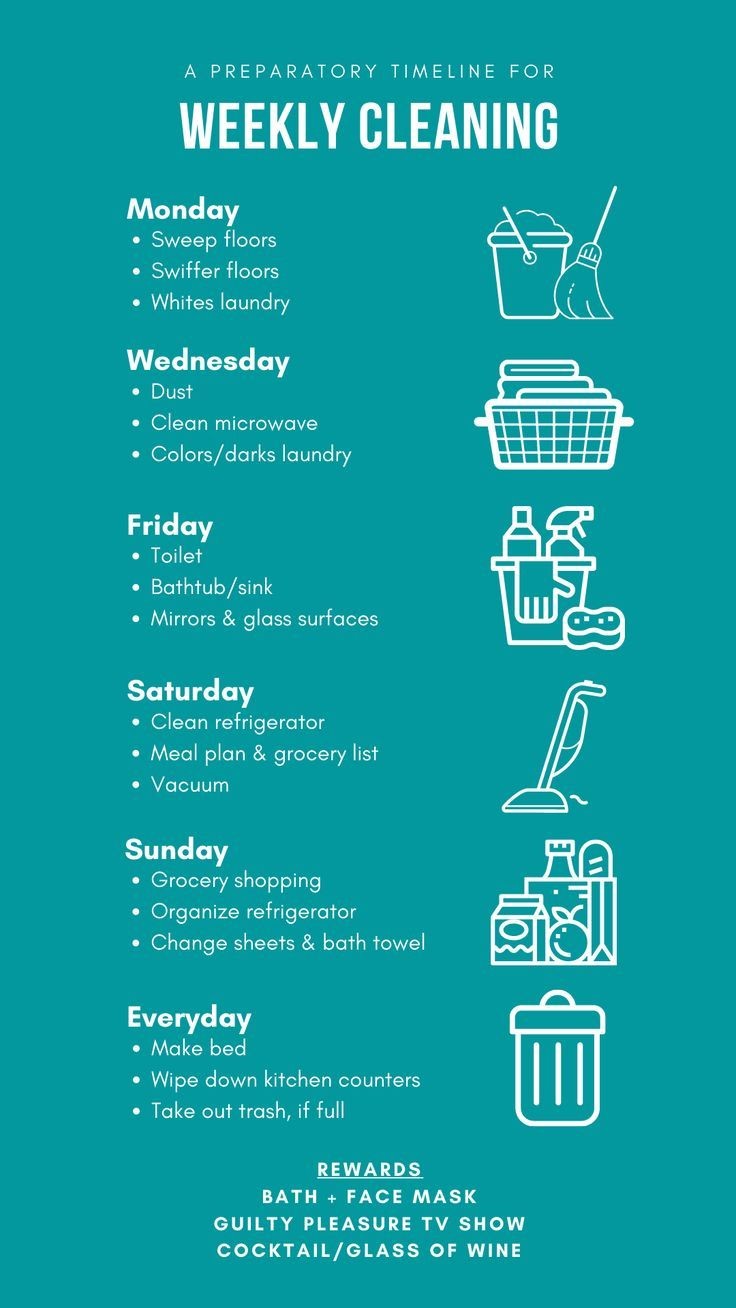
Decluttering doesn’t need to happen in one day. Break it down into smaller tasks and create a schedule. Plan to focus on one area—like a closet, drawer, or shelf—each day or week.
By decluttering consistently in small chunks, it will feel less overwhelming and more manageable. Creating a routine ensures you’re always maintaining an organized space without dedicating an entire weekend to cleaning.
20. Declutter Your Mind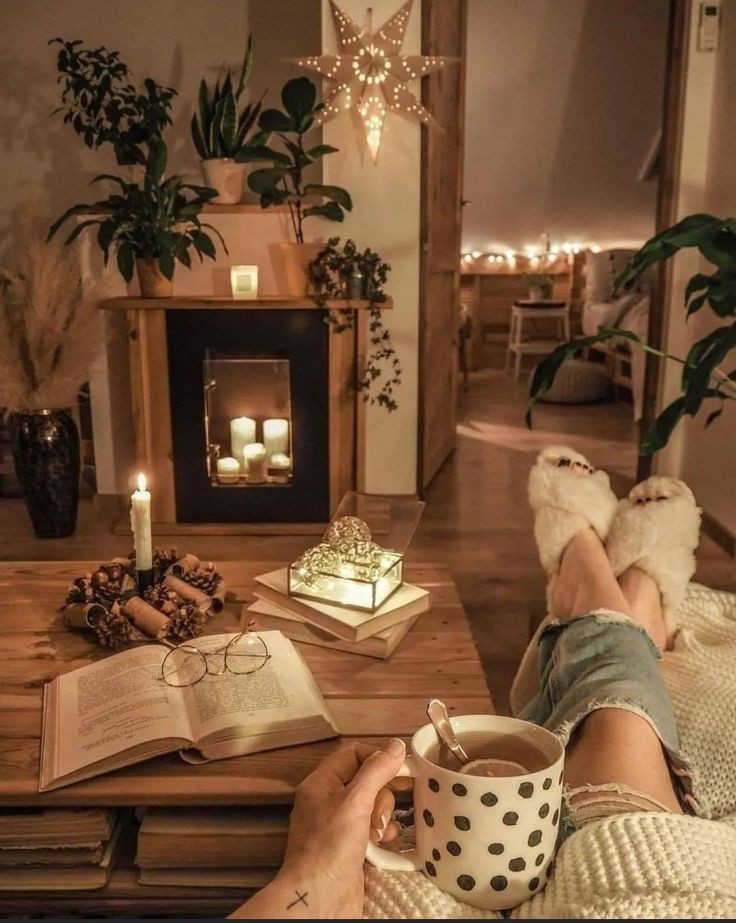
Clutter isn’t just physical—it can also be mental. Having too many things on your mind can cause stress and make it hard to focus on what’s important.
Practice mental decluttering by writing down your thoughts, making to-do lists, and prioritizing your goals.
Meditation or mindfulness exercises can also help clear mental clutter and create space for a calmer, more organized mindset.
21. Maintain Your Space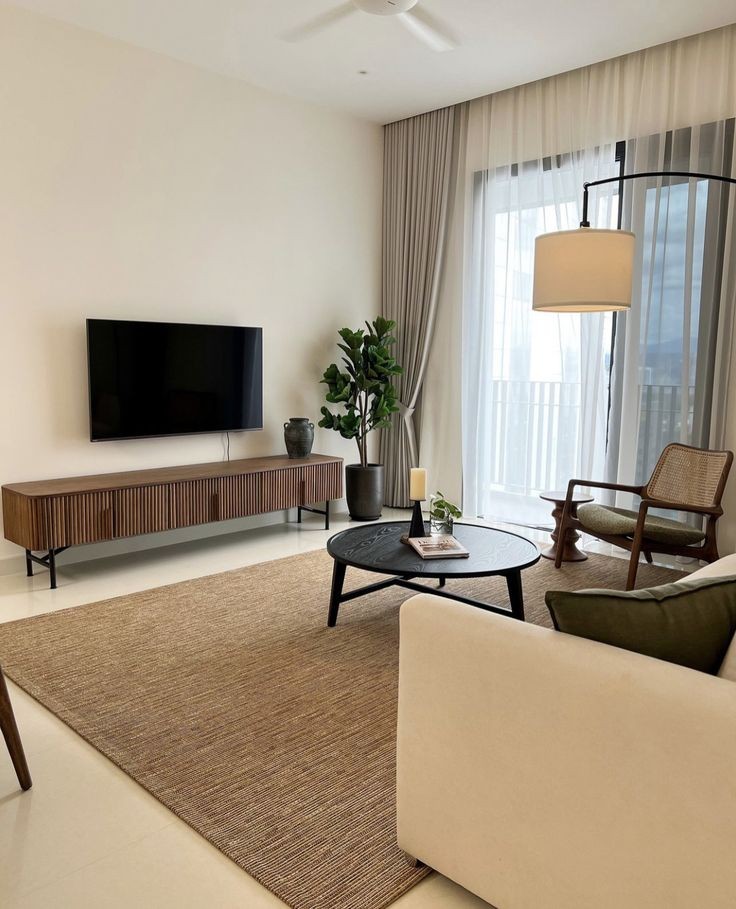
Decluttering is an ongoing process. Once you’ve decluttered your home, it’s important to maintain it. Create systems for organization, like designated spots for keys, bags, and mail, and regularly review your belongings to make sure they still serve a purpose.
Maintaining a clutter-free home requires a small but consistent effort, and by sticking to these habits, your space will remain organized and peaceful.
You should also read: